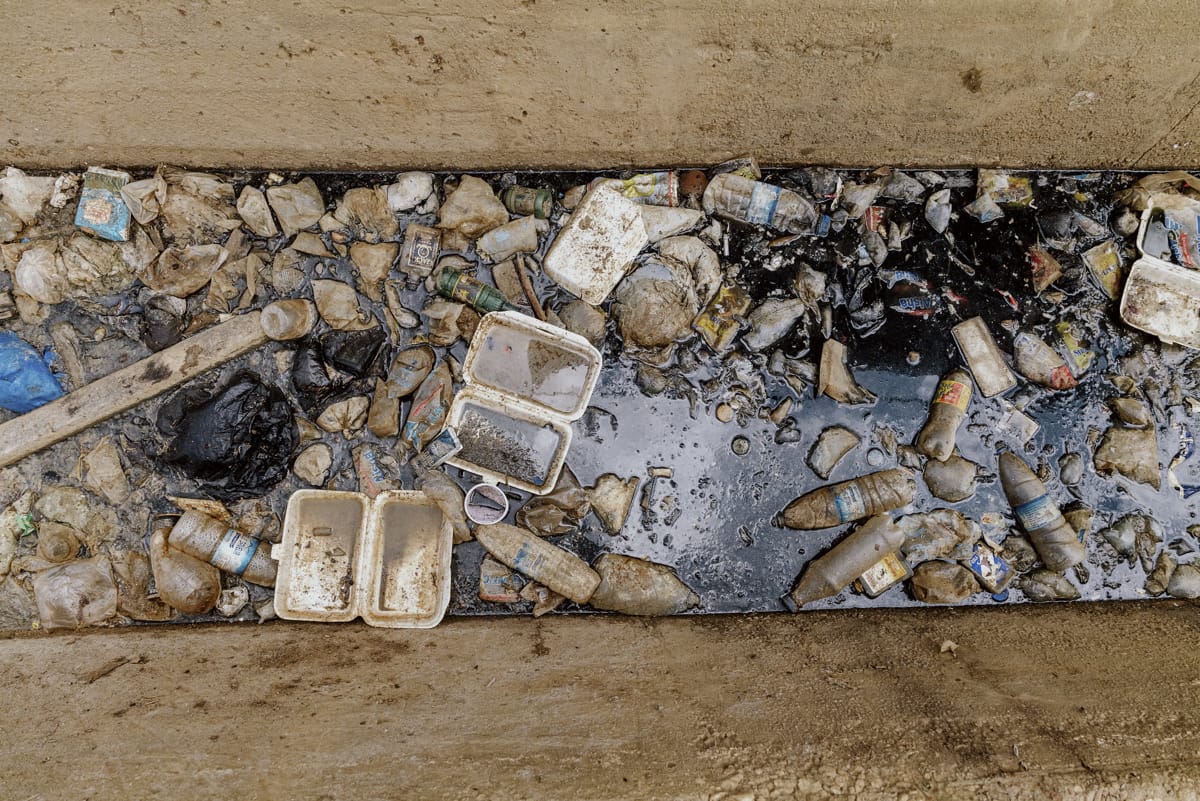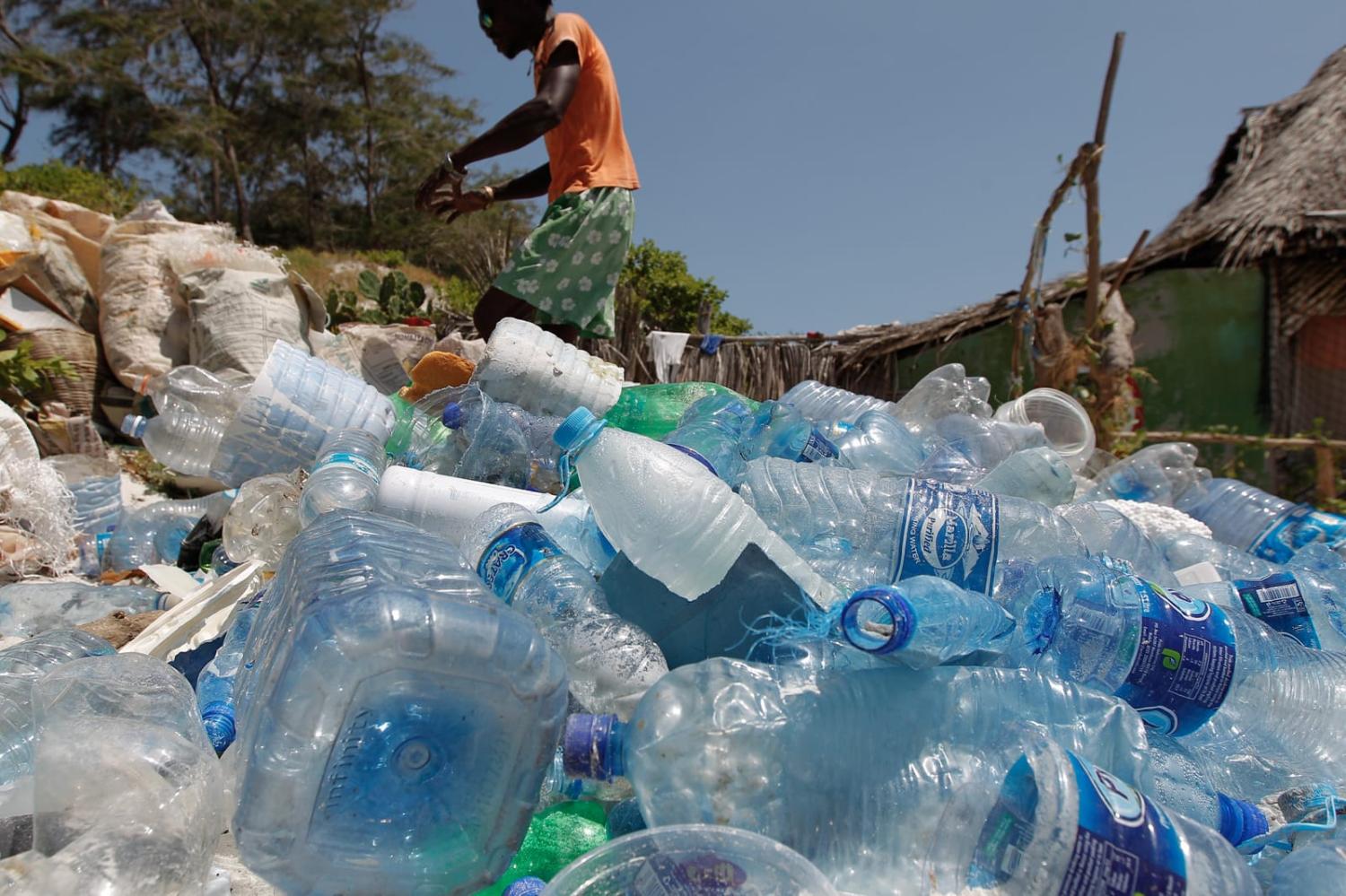The United Nations is one year away from adopting a landmark treaty limiting plastic production – but countries disagree on how ambitious it should be.
A few days ago, delegates in Nairobi wrapped up the third of five rounds of negotiations to craft a new treaty to curb plastic pollution, one of the more insidious modern environmental problems. Representatives left the Kenyan capital with an elaborate draft resolution to work on before the next meeting in Ottawa in April. But it was also clear that disagreement remains over the scope of the treaty. Dynamics at the conference also reflected a growing divide between oil-producing economies and countries wishing to see plastic pollution disappear by 2040. Fossil fuels such as natural gas or petroleum are the essential element in most plastic production.
There is little that the United States and Russia agree on these days in diplomacy – but as two oil-producing countries, they, alongside Saudi Arabia, Iran and China, broadly appeared to align on the orientation that the UN’s plastic pollution treaty should take.
Washington, unlike many other Western partners, was hesitant to put a cap on plastic production, instead wanting to focus on national goals and plastic recycling.
However, the round of negotiation in Nairobi saw the United States’ position evolve while other oil-producing countries formed a coalition that attempted to derail negotiations and redefine the ambition.
Negotiations for a treaty on plastic pollution began in December 2022 in Punta del Este, Uruguay, after a UN Environment Assembly resolution supported by 175 countries set out to establish by 2024 a legally binding instrument to “end plastic pollution”. The resolution called for action to address the full lifecycle of plastic, including its production, design, and disposal.
Plastic pollution is already a global problem, and if nothing is done, it could get significantly worse. According to the UN Environment Program, the amount of plastic waste entering aquatic ecosystems could nearly triple from some 9–14 million tonnes per year in 2016 to a projected 23–37 million tonnes per year by 2040. Roadsides and waterways are regularly cluttered with discarded bottles or wrappers, vast plastic islands swirl in the oceans, while unseen “microplastics” are increasingly found plants and even humans.

Before the gathering in Nairobi, Saudi Arabia, Iran, Cuba, Russia, and other like-minded countries officially formed the “Global Coalition for Plastics Sustainability”, which is informally referred to as the “low ambition coalition”. The grouping wants negotiations to focus on ways to recycle plastic, with countries to determine their own targets.
This group is in sharp contrast with the self-declared “high-ambition coalition”, a group of more than 60 countries led by Rwanda and Norway pushing for an international legally binding document to see the end of plastic pollution by 2040. Australia is part of the high-ambition group. The United States, for its part, initially wanted a treaty comprised of national plans but, according to Reuters, now says it wants the document to focus on “meaningful and feasible” measures to reduce plastic pollution.
The negotiations on the plastic treaty include UN member states, environmental groups, and waste pickers. With such a diverse group, positions on how far the treaty should go greatly differ. Environmental groups for example are seeking drastic cuts to plastic production of up to 75 per cent by 2040. However, as UNEP Director Inger Andersen said in a press briefing following the third round of negotiation, there are some issues everybody agrees on.
One thing that is sure is that this treaty will have to eliminate what is unnecessary [such as] the things we use for two minutes and throw away,” Anderson said after the talks. “It will help to set targets for what needs to be recycled. Then, I would expect to set a reduction in place because if you have to buy such and such a year and have so much recycled content, then there will be less need for polymer.
However, disagreement remains over whether the treaty should put a cap on plastic production, and how ambitious the document should be.
The negotiations are at the halfway point. The final text is due to be adopted by the end of 2024. The draft resolution that came out of Nairobi is a broad and ambitious one, and as such, the aim for next version will likely be to see the text slimmed down and more precise.
“We are barrelling down that High Road – with an electric engine, I might add,” Andersen said. “I have every hope that we will in Ottawa make a mark [and] really good progress.”

